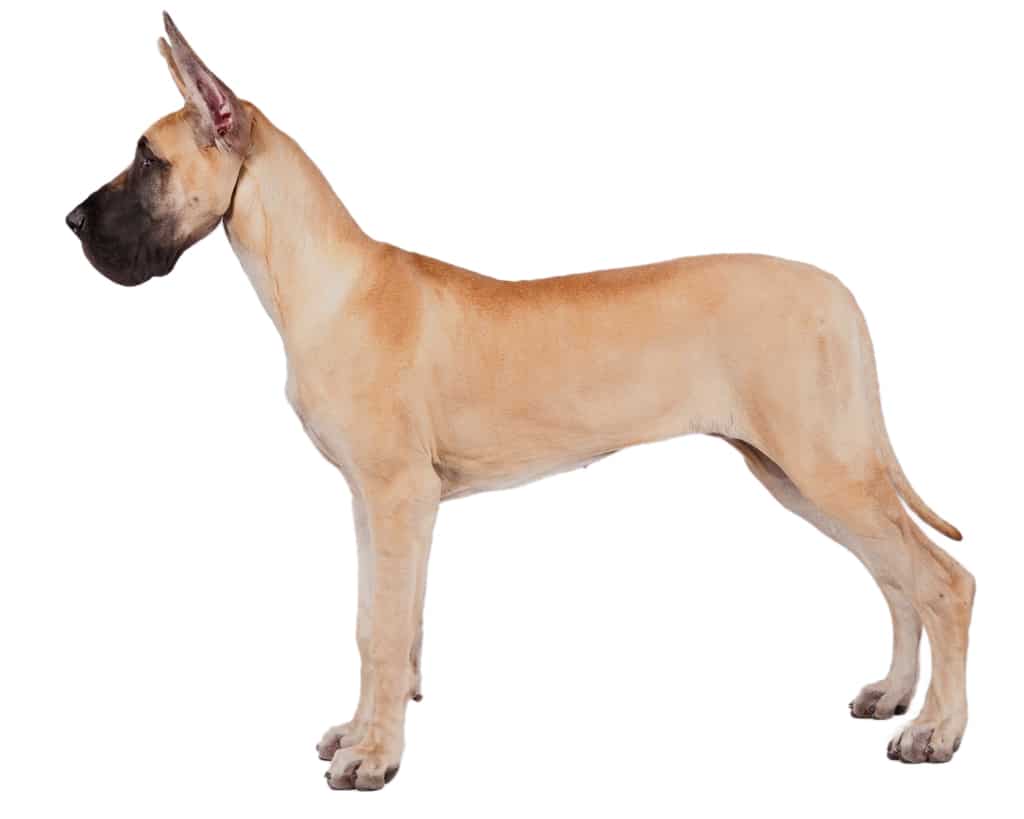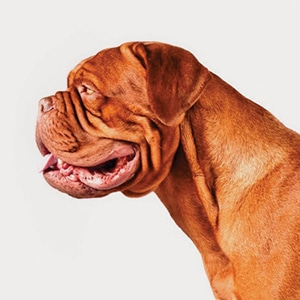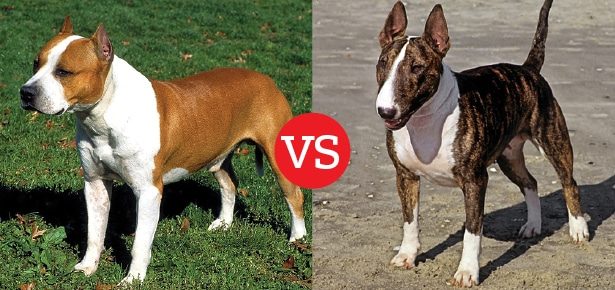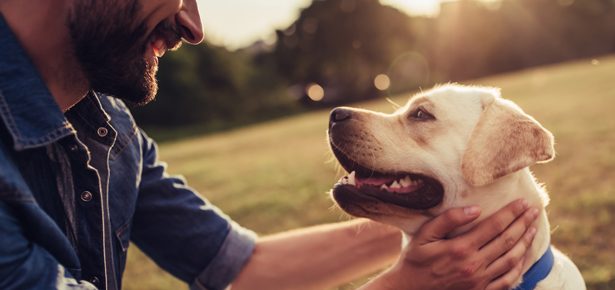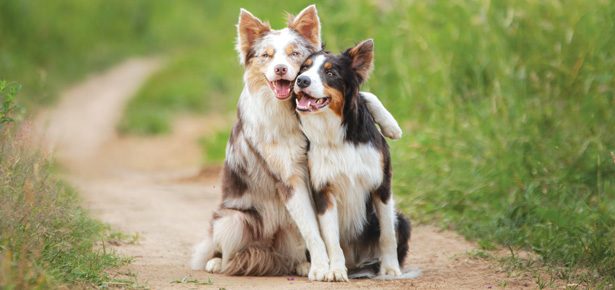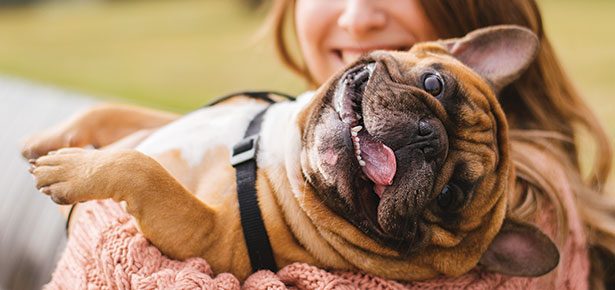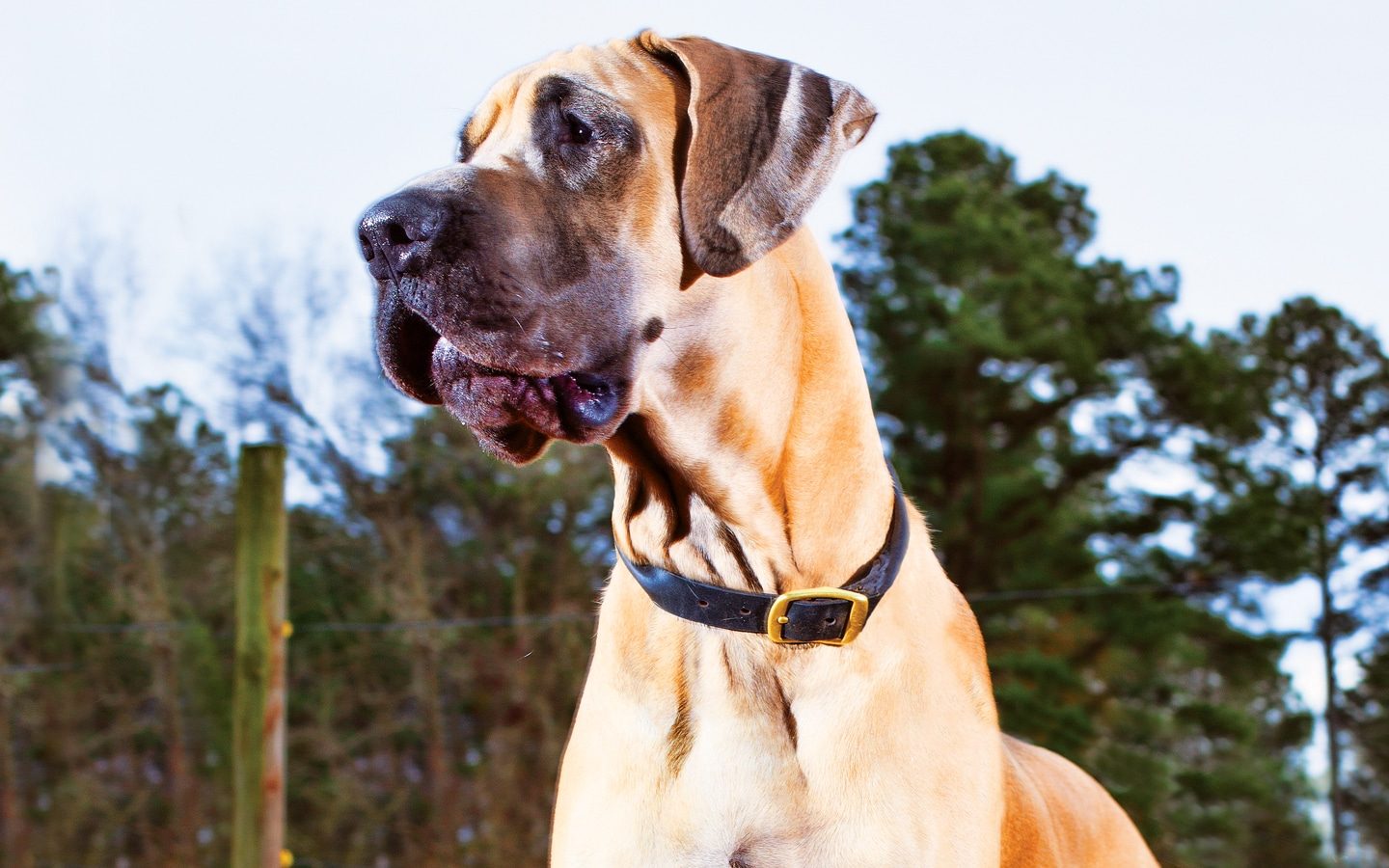
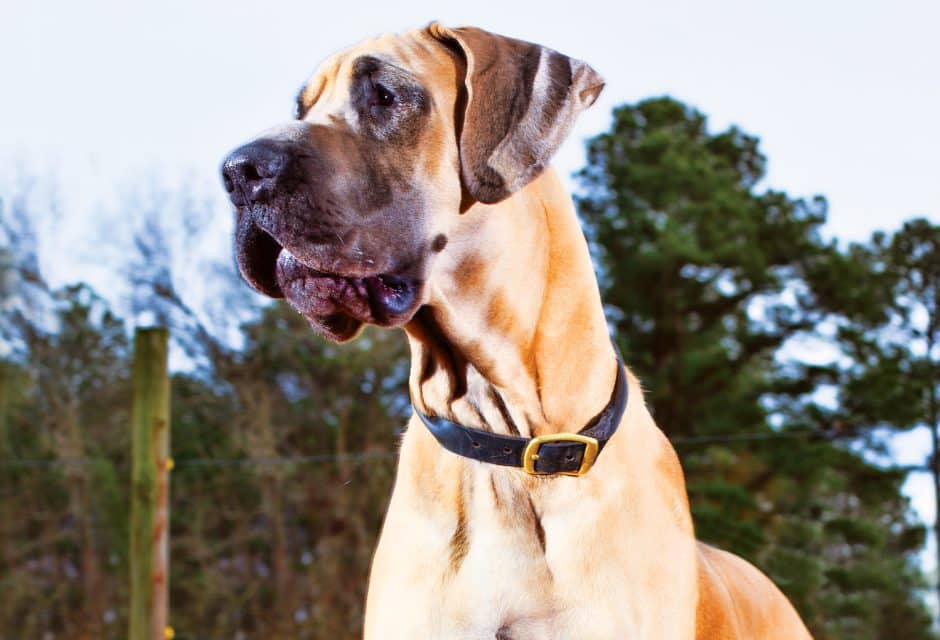
The Great Dane
Gentlest of the giants

Looking for a dog you can take for a quiet, uninterrupted stroll? The Great Dane may not fit the bill. When you’re out and about with a Great Dane, you certainly won’t be under the radar. These giant dogs—some weighing close to 200 pounds— attract a lot of attention.
Just where did this giant breed originate?
Fanciers in 1800s England and Germany were instrumental in developing this breed that was used initially to hunt wild boar. The old English Mastiff lent his genes to produce the size required to hunt the ferocious beasts, while the need for speed led early developers of the breed to sighthounds; both the Irish Wolfhound and Irish Greyhound have been cited as likely contributors to the gene pool. The breed was introduced to North America in the 1800s and was recognized by the American Kennel Club (AKC) in 1887.
Fanciers might tell you that no other Giant breed possesses as regal appearance as the Dane—and that point is hard to argue when you’re in the presence of this sleek, well-muscled breed. Get those images of clumsy Scooby Doo or Marmaduke out of your head. In reality the Great Dane is anything but awkward. This is a strong, well-balanced dog that almost gives the impression of gliding rather than walking. Simply put, the moving Great Dane is a wonder to behold.
In terms of size, the AKC standard requires males to stand a minimum of 30 inches at the shoulder; females 28 inches. Weight is not addressed, as a generally well-proportioned structure is the desired trait, but mature Danes can weigh well in excess of 150 pounds. Accepted colours include brindle, fawn, blue, black, harlequin, and mantle (a colour pattern that looks rather like the dog is wearing a blanket). Although today’s Great Dane is no longer used for hunting, he remains a versatile dog who excels in a number of roles, including show-stopper in conformation and an active participant in a number of canine sports. With its sweet nature, the Great Dane is also a popular choice for therapy work.
In his arguably most important role of family pet, the Great Dane is known as loyal and loving. These sweet and sensitive dogs will thrive in an environment where they are an integral part of the family. This affectionate disposition has won the breed many fans; the Great Dane now ranks as the 19th most popular breed in America, according to the AKC’s 2022 registration statistics.

Life on White/Bigstock
Most Popular Dogs in the US
According to the most recent AKC registration statistics (2022)
[1] French Bulldog
[2] Labrador Retriever
[3] Golden Retriever
[4] German Shepherd
[5] Poodle
[6] Bulldog
[7] Rottweiler
[8] Beagle
[9] Dachshund
[10] German Shorthaired Pointer
[19] Great Dane
There are, however, a few points to consider when determining if the Great Dane is the breed for you. Unsurprisingly, many of these relate to size.
While the Great Dane grows quickly, the breed is not considered mature until he is a few years old, and growth during the early years is particularly important. Early injuries from rough-housing or over-exertion can become lifelong issues for the Great Dane. In the puppy stage, proper nutrition and moderate exercise are important and required to set the Dane up for a lifetime of good health. And speaking of food, cost is a factor as it is with any of the Giant breeds. Feeding a dog of this size requires a healthy budget.
Training the Great Dane is mission critical. All dogs should have a foundation in obedience so they develop good manners, but an unruly pet in excess of 150 pounds presents considerable opportunities for household calamities.
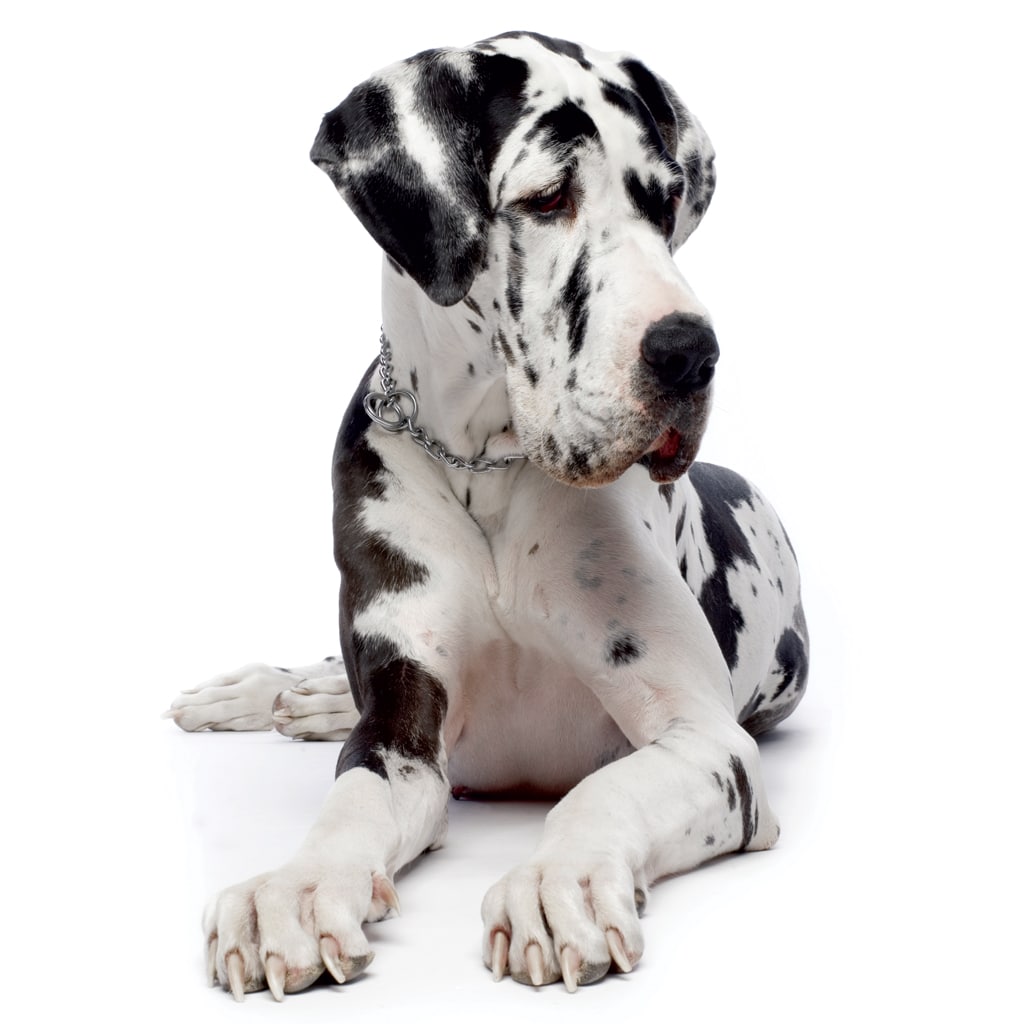
Life on White/Bigstock
The Great Dane needs some room to roam. Can the breed work in an urban environment? Yes, but daily walks to maintain muscle tone and some play time are a must. A second couch isn’t a bad idea, either, as this lovable couch potato is likely to take up the entire sofa.
As with all breeds, the Great Dane comes with some health considerations. Most notably, guardians should familiarize themselves with bloat, or gastric torsion. The Great Dane is susceptible to this life-threatening condition, in which the dog’s stomach fills with gas, then twists and pinches off the supply of blood to vital organs. But the biggest consideration and perhaps the only true downside to the Great Dane is this: your time with your beloved friend will be somewhat limited. The Dane’s average lifespan ranges from seven to ten years; some last longer—and some leave us even sooner. Their short lifespan is the indisputably difficult part of loving the canine world’s gentle giant, though when it comes to our dogs, there can never truly be enough time together, regardless of how long they live.
Affectionate, loving, sweet, loyal… these are hardly the adjectives the original developers of the Great Dane had in mind when they created a huge and powerful hunting machine. But today they are certainly the words you’re most likely to hear because, let’s be clear: to know the Great Dane is to love him.
If you like the Great Dane, you might also consider the:
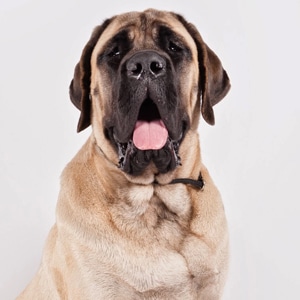
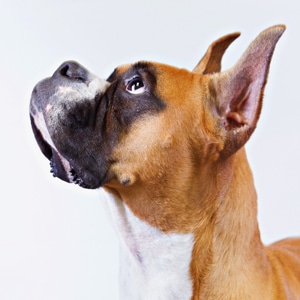
Mastiff Boxer Dogue de Bordeaux
» Read Your Breed For more breed profiles, go to moderndogmagazine.com/breeds
Join the newsletter and never miss out on dog content again!
"*" indicates required fields
By clicking the arrow, you agree to our web Terms of Use and Privacy & Cookie Policy. Easy unsubscribe links are provided in every email.
